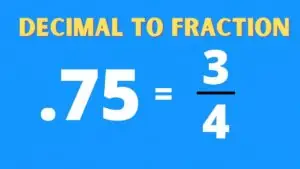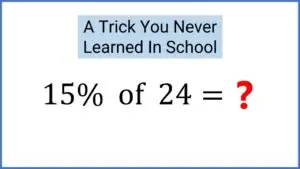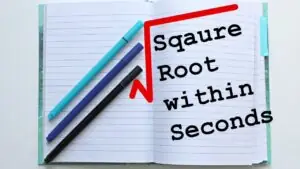Mathematics is a fascinating subject that involves various operations and concepts. The product in math refers to the result obtained when two or more numbers are multiplied together. It represents the outcome of a multiplication operation and is often denoted by the symbol “×” or “*”, which signifies multiplication. In this fundamental guide, we will explore what the product in math represents and delve into examples to enhance our understanding. Let’s embark on this mathematical journey!

✅ AI Essay Writer ✅ AI Detector ✅ Plagchecker ✅ Paraphraser
✅ Summarizer ✅ Citation Generator
Understanding Multiplication
Before diving deeper into the concept of the product, it is essential to grasp the fundamentals of multiplication. Multiplication is a mathematical operation that combines two or more quantities to find their total value. It is often thought of as repeated addition or the process of scaling a number.
Product of Whole Numbers
When dealing with whole numbers, the product is obtained by multiplying the numbers together. For instance, if we multiply 3 and 4, the product would be 12. The multiplier represents the number of times the multiplicand is repeated, and the product represents the total value obtained.
Product of Fractions
Fractions introduce a new dimension to the concept of the product. To find the product of fractions, we multiply the numerators together and the denominators together. For example, when multiplying 5/6 and 2/3, we multiply 5 by 2 to get 10 as the numerator, and multiply 6 by 3 to get 18 as the denominator. Therefore, the product of 5/6 and 2/3 is 10/18, which can be simplified to 5/9.
Product of Decimals
Decimals add another layer of complexity to multiplication. When multiplying decimals, we disregard the decimal point initially and perform the multiplication as if dealing with whole numbers. Once the product is obtained, we count the total number of decimal places in the original numbers and place the decimal point in the product accordingly. For example, multiplying 1.5 and 1.2 results in 1.80.
The Commutative Property of Product
One interesting property of the product is its commutative property. This property states that even if we reverse the order of the multiplicand and multiplier, the product remains the same. For instance, multiplying 2 by 3 gives us a product of 6. However, if we reverse the order and multiply 3 by 2, we still obtain the product of 6.
Let’s explore some practical examples to solidify our understanding of the product in math:
- Example 1: Jake has 4 boxes of apples, with each box containing 3 apples. To find the total number of apples Jake has, we calculate the product of 4 and 3, which equals 12. Therefore, Jake has 12 apples in total.
- Example 2: Consider the following multiplication expression: 125 × 34. By following the steps of multiplication, we find the product to be 4250.
- Example 3: Suppose we want to determine the cost of buying 4 cupcakes priced at $5 each. To find the total cost, we calculate the product of 4 and 5, which equals $20. Therefore, the total amount to pay at the checkout counter is $20.
The concept of the product in math represents the result obtained when two or more numbers are multiplied together. Whether dealing with whole numbers, fractions, or decimals, the product helps us determine the total value of a given quantity. Understanding the commutative property of the product and its application in various scenarios enhances our mathematical skills.
In conclusion, the product plays a crucial role in mathematics and has practical applications in everyday life. By comprehending its definition, properties, and examples, we can further strengthen our mathematical knowledge and problem-solving abilities.
Remember, practice and application are key to mastering the concept of the product in math. So, keep exploring and challenging yourself with different multiplication scenarios to sharpen your skills!
You can find more STEM Guides in our designated category here at A*Help!
FAQ
Follow us on Reddit for more insights and updates.





Comments (0)
Welcome to A*Help comments!
We’re all about debate and discussion at A*Help.
We value the diverse opinions of users, so you may find points of view that you don’t agree with. And that’s cool. However, there are certain things we’re not OK with: attempts to manipulate our data in any way, for example, or the posting of discriminative, offensive, hateful, or disparaging material.